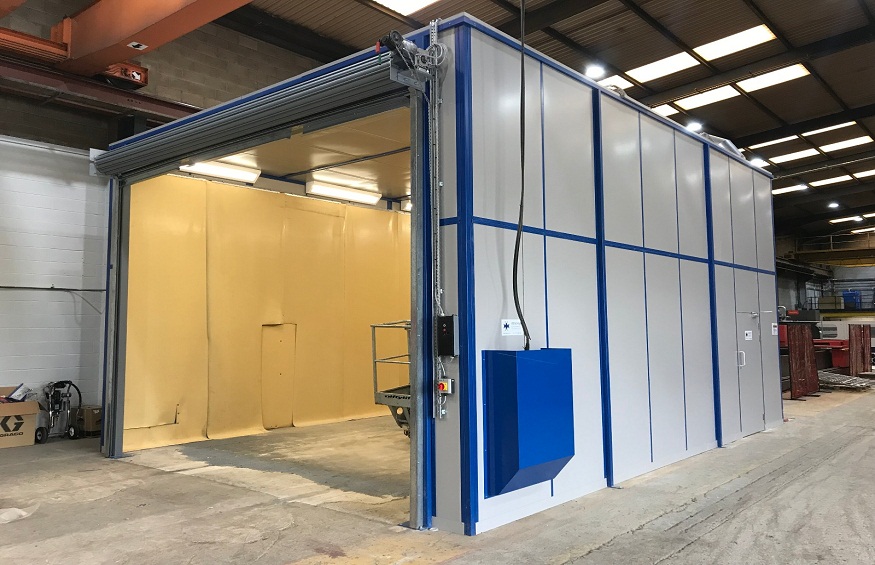In the realm of industrial operations, maintaining safety is paramount, especially when working with blast rooms and industrial ovens. These environments, crucial for tasks ranging from metal finishing to powder coating, demand adherence to stringent safety protocols to prevent accidents and ensure the health of the workforce. In this post, we’ll delve into the best practices for operating these facilities, focusing on ventilation, maintenance, personal protective gear, handling hazardous materials, and emergency responses.
Proper Ventilation and Air Quality Management
The atmosphere within blast rooms and industrial ovens can become dangerously contaminated without adequate ventilation. Ensuring good air quality isn’t just about compliance; it’s about protecting your team’s health. Innovative air management systems can significantly reduce the risk of respiratory issues and create a safer working environment. By integrating advanced filtration techniques, companies can capture harmful particulates, ensuring that workers are not exposed to dangerous conditions. Remember, a breath of fresh air in the workplace is a cornerstone of safety.
Equipment Maintenance and Inspection Protocols
Regular maintenance and inspection of equipment are the backbone of operational safety. This process is not merely a checklist item but a proactive strategy to identify potential hazards before they escalate into serious problems. For both blast rooms and industrial ovens, this means scheduling routine checks, adhering to manufacturer’s guidelines, and promptly addressing any signs of wear and tear. When powder coating ovens and other industrial appliances are kept in peak condition, the risk of accidents decreases, ensuring smoother and safer operations.
Personal Protective Equipment (PPE) Guidelines
Dressing for success in an industrial environment means wearing the right Personal Protective Equipment (PPE). From heat-resistant gloves to face shields, the proper gear is your first line of defense against the hazards of high temperatures and flying debris. Training staff on the correct use and care of PPE is as crucial as the equipment itself. Ensuring that every team member understands the importance of PPE not only fosters a culture of safety but also significantly mitigates the risk of injury.
Safe Handling and Storage of Hazardous Materials
Handling and storing hazardous materials requires a meticulous approach. Whether it’s chemicals used in the coating process or the materials being treated, understanding the risks and implementing strict guidelines is essential. Proper labeling, secure storage solutions, and clear handling procedures can prevent accidents and ensure that dangerous materials are managed responsibly. This cautious approach is critical, not just for the safety of the personnel but for the protection of the environment as well.
Emergency Preparedness and Response Procedures
Despite all precautions, emergencies can occur. Being prepared with a well-thought-out response plan is key to minimizing damage and injuries. Regular drills, clear communication channels, and accessible emergency equipment are pillars of a robust emergency preparedness program. Whether it’s a fire, chemical spill, or another type of incident, a calm and coordinated response can make all the difference. Investing time and resources into emergency planning demonstrates a commitment to safety and can significantly impact the outcome of unexpected events.
Conclusion
The operation of blast rooms and industrial ovens encompasses a range of activities that are essential to the manufacturing and finishing processes in various industries. However, the potential hazards associated with these operations necessitate a steadfast commitment to safety protocols. By emphasizing proper ventilation, diligent equipment maintenance, adherence to PPE guidelines, careful handling of hazardous materials, and preparedness for emergencies, businesses can safeguard their employees and assets. Embracing these practices not only contributes to a safer workplace but also enhances operational efficiency and productivity. Safety, after all, is the foundation upon which successful industrial operations are built.

